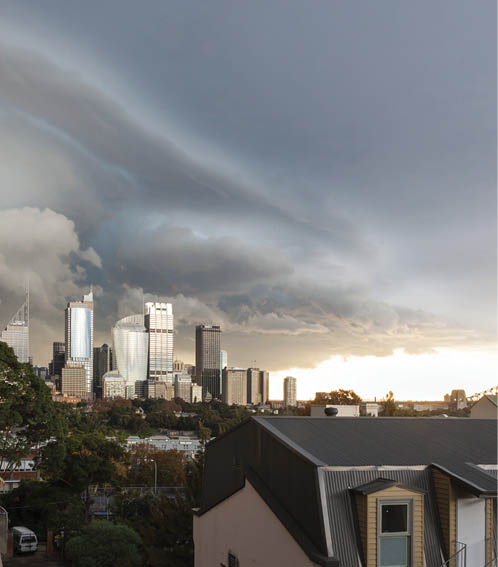Enhancing emergency warnings
Nathan Maddock, Bushfire and Natural Hazards CRC
Article
With the multitude of warnings issued when an emergency hits, how can emergency services ensure their critical safety advice is received and acted upon, rather than dismissed as noise? Bushfire and Natural Hazards CRC research undertaken through the Queensland University of Technology is helping emergency services warn communities when danger strikes.
The research involves testing the wording and structure of warning messages to better understand how messages are understood and how they might be translated into direct action. The Connecting Communities and Resilience team, led by Professor Vivienne Tippett, is supporting both individual organisations and national initiatives, providing reviews and assisting with the development of evidence-based warning doctrine.
The researchers are collaborating closely with the industry, with the Inspector-General of Emergency Management Queensland, Queensland Fire and Emergency Services, Emergency Management Victoria, Victoria State Emergency Service, Country Fire Authority, NSW State Emergency Service, Country Fire Service, the Department of Fire and Emergency Services Western Australia and the Bureau of Meteorology all requesting reviews of their warnings information.
Katherine Philp, Manager Regional Engagement at the Bureau of Meteorology, believes the research is providing valuable insights that will make a difference.
‘We are working to constantly improve our communication, particularly during severe weather, so the observations and findings of this research are of huge interest,’ Ms Philip said.
Local councils are also benefiting. The Bundaberg Regional Council is looking at the frequency of their warnings, the wording of the information they disseminate during an emergency, and the delivery methods.
‘Improvements to existing, pre-formatted warnings will be captured in the next review of the Bundaberg Local Disaster Management Plan and subordinate plans,’ said Matt Dyer, the council’s Disaster Management Officer.
The council is also considering how to involve the community in future warnings development and identifying how local citizens could best receive warnings that are effective and timely.

Research is informing emergency warnings for storms, fires, floods and cyclones. Image: cksydney, Flickr
‘Minds have been expanded; opportunities have been glimpsed and a realisation had that there is an existing and emerging body of information that can be integrated into local arrangements. The Bundaberg Local Disaster Management Group is proud to model an example of how to build relationships across sectors to the greater disaster management good,’ Ms Dyer said.
SEQwater, a statutory authority in Queensland, is also benefiting from the study. The organisation has sought input from the team on how to improve their messaging about releasing water from dams during a flood. The aim is to achieve proactive action by the community.
This research has wide-reaching implications. The Australian Broadcasting Commission local radio in Wide Bay, Queensland is working with the research team to look at ways they can improve their emergency broadcasting.


